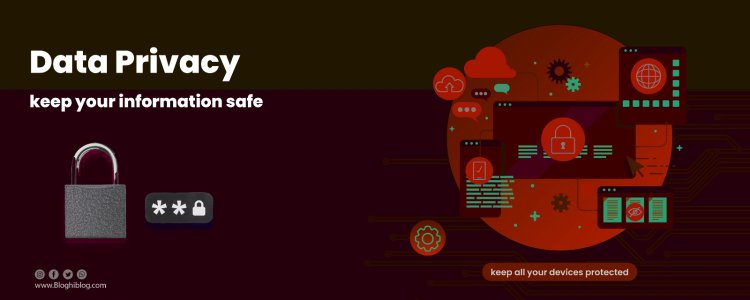Cyber Security ( Digital Threats )
cyber security | online-threats | cyber crimes | online crimes | digital threats | digital threats blog

Cybersecurity refers to the practice of protecting computer systems, networks, data, and digital assets from various forms of cyber threats and attacks. As technology becomes more integrated into our lives and businesses, the importance of cybersecurity has grown significantly to ensure the confidentiality, integrity, and availability of digital information.
Key Aspects of Cybersecurity:
-
Protection: Cybersecurity aims to prevent unauthorized access to systems, networks, and data. This involves implementing security measures such as firewalls, intrusion detection systems, and access controls.
-
Detection: This involves monitoring systems and networks for any signs of unauthorized or abnormal activities. Intrusion detection systems, antivirus software, and security information and event management (SIEM) tools are used for this purpose.
-
Response: When a cyber attack is detected, a quick and effective response is crucial. Incident response plans outline the steps to take when an attack occurs, including containment, eradication, and recovery.
-
Recovery: After an attack, systems and data need to be restored to normal operation. Regular backups and disaster recovery plans help ensure that data can be recovered in case of an incident.
-
Prevention: Proactive measures are taken to prevent attacks from occurring in the first place. This includes keeping systems and software up to date, conducting security assessments, and implementing security best practices.
Types of Cyber Threats:
-
Malware: Malicious software includes viruses, worms, Trojans, and ransomware, designed to disrupt, damage, or gain unauthorized access to systems.
-
Phishing: Phishing involves sending deceptive emails or messages to trick recipients into revealing sensitive information or downloading malicious attachments.
-
Denial of Service (DoS) Attacks: These attacks overload systems or networks with excessive traffic, rendering them unavailable to users.
-
Data Breaches: Unauthorized access to sensitive data, such as personal information or financial records, can lead to identity theft, fraud, and privacy violations.
-
Hacking: Unauthorized individuals or groups exploit vulnerabilities in systems or networks to gain unauthorized access.
-
Social Engineering: Manipulating individuals into divulging confidential information or performing actions that compromise security.
-
Insider Threats: Malicious actions or negligence by individuals within an organization who have access to sensitive data.
What's Your Reaction?




















